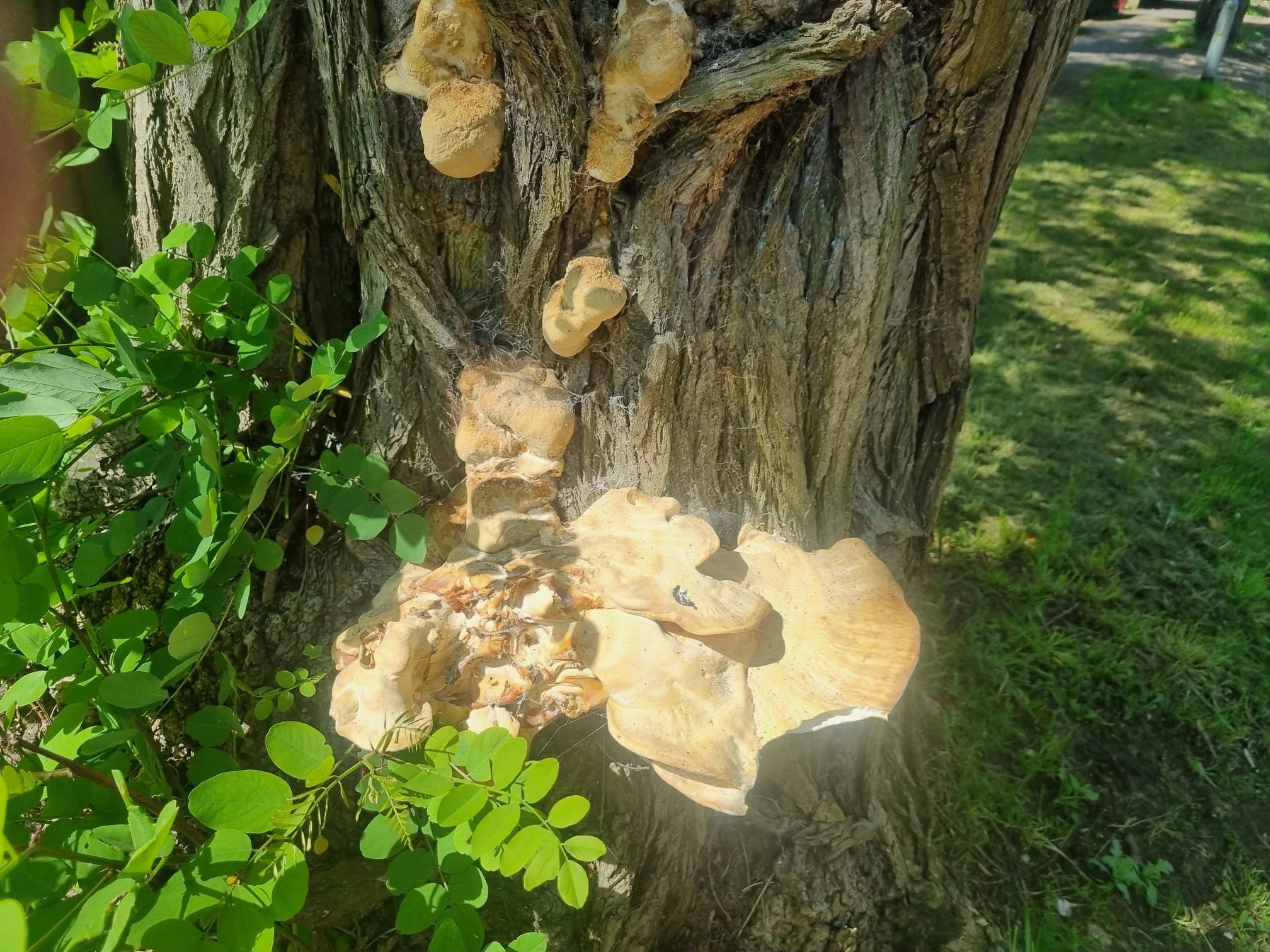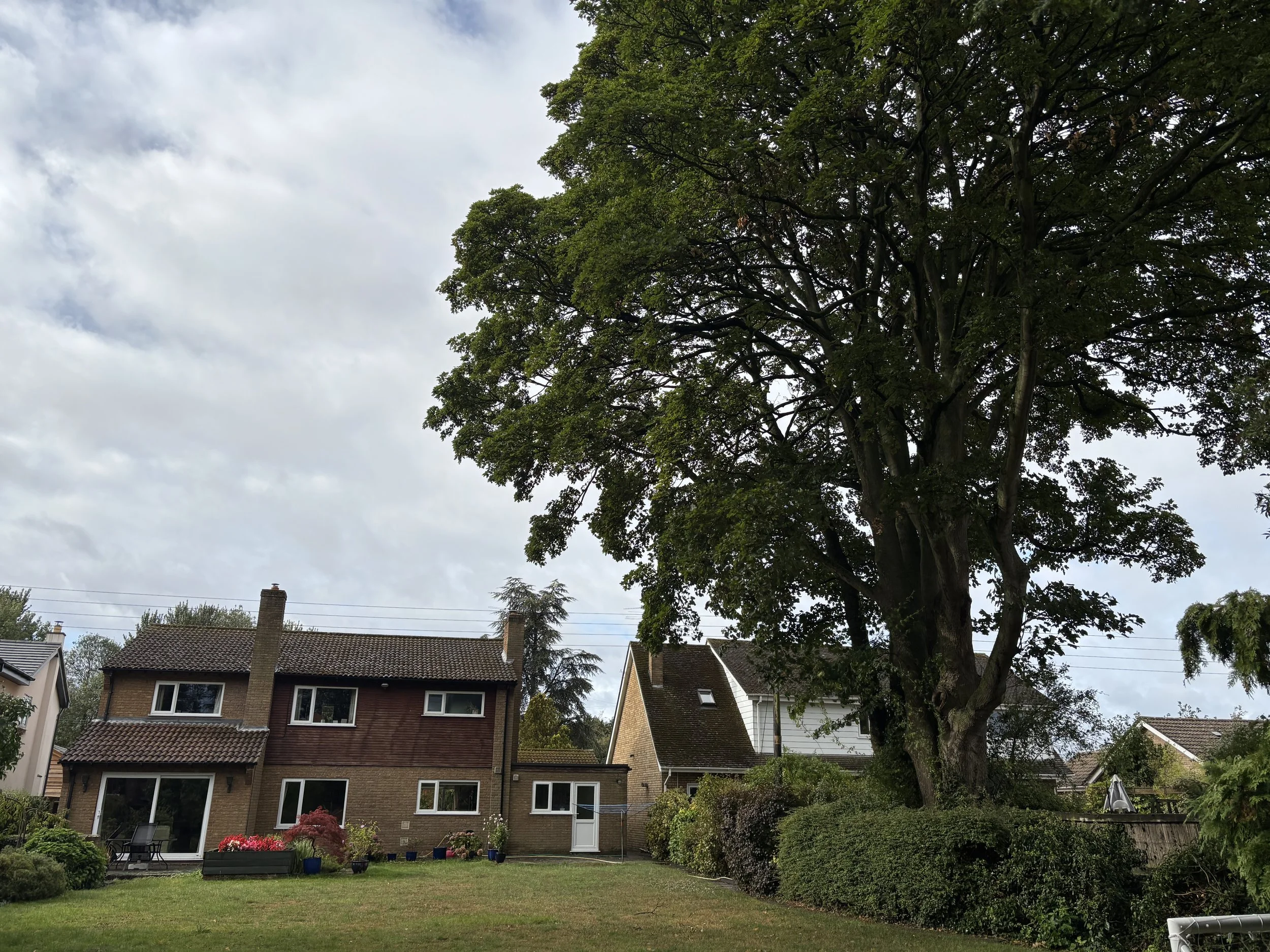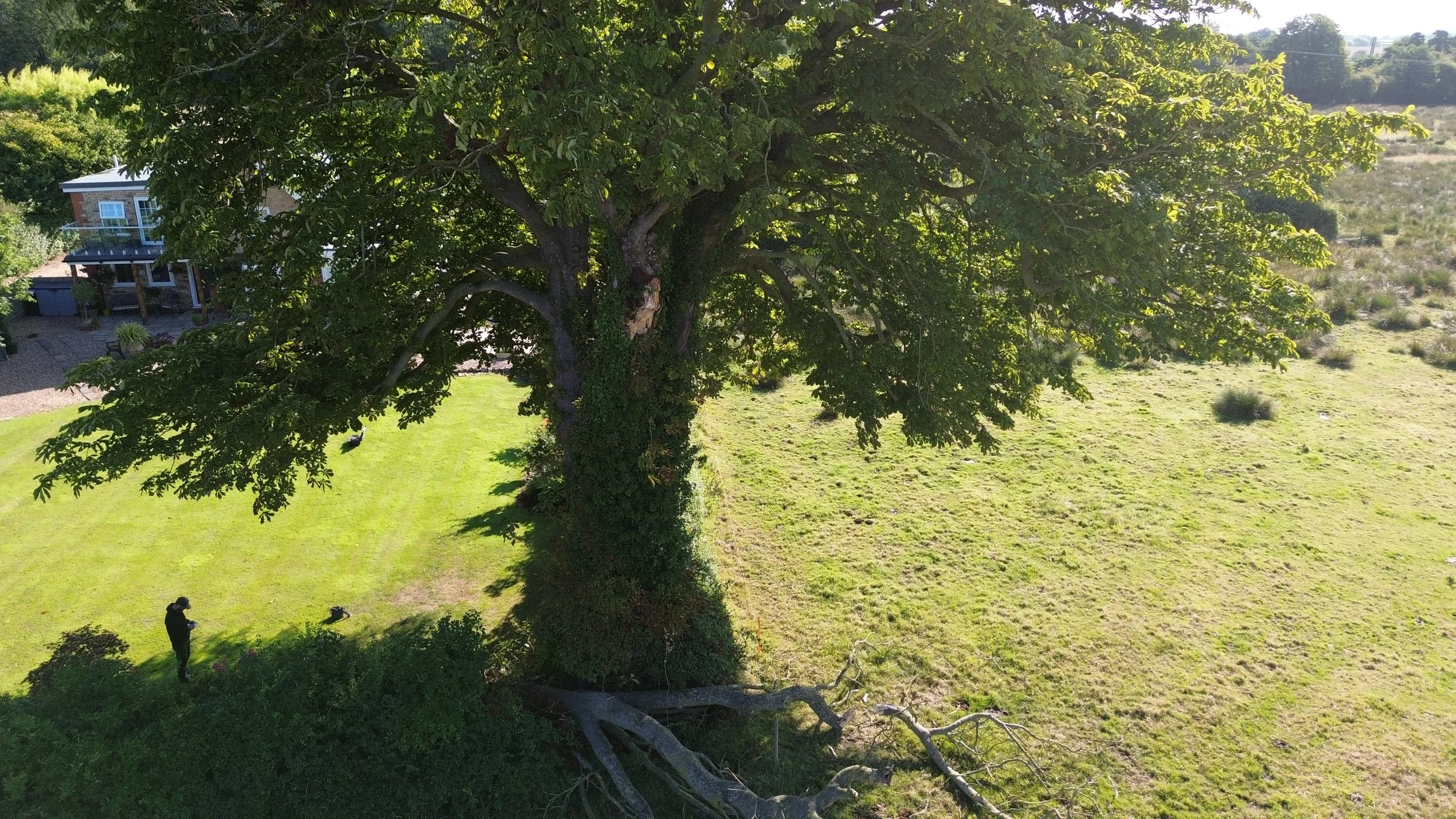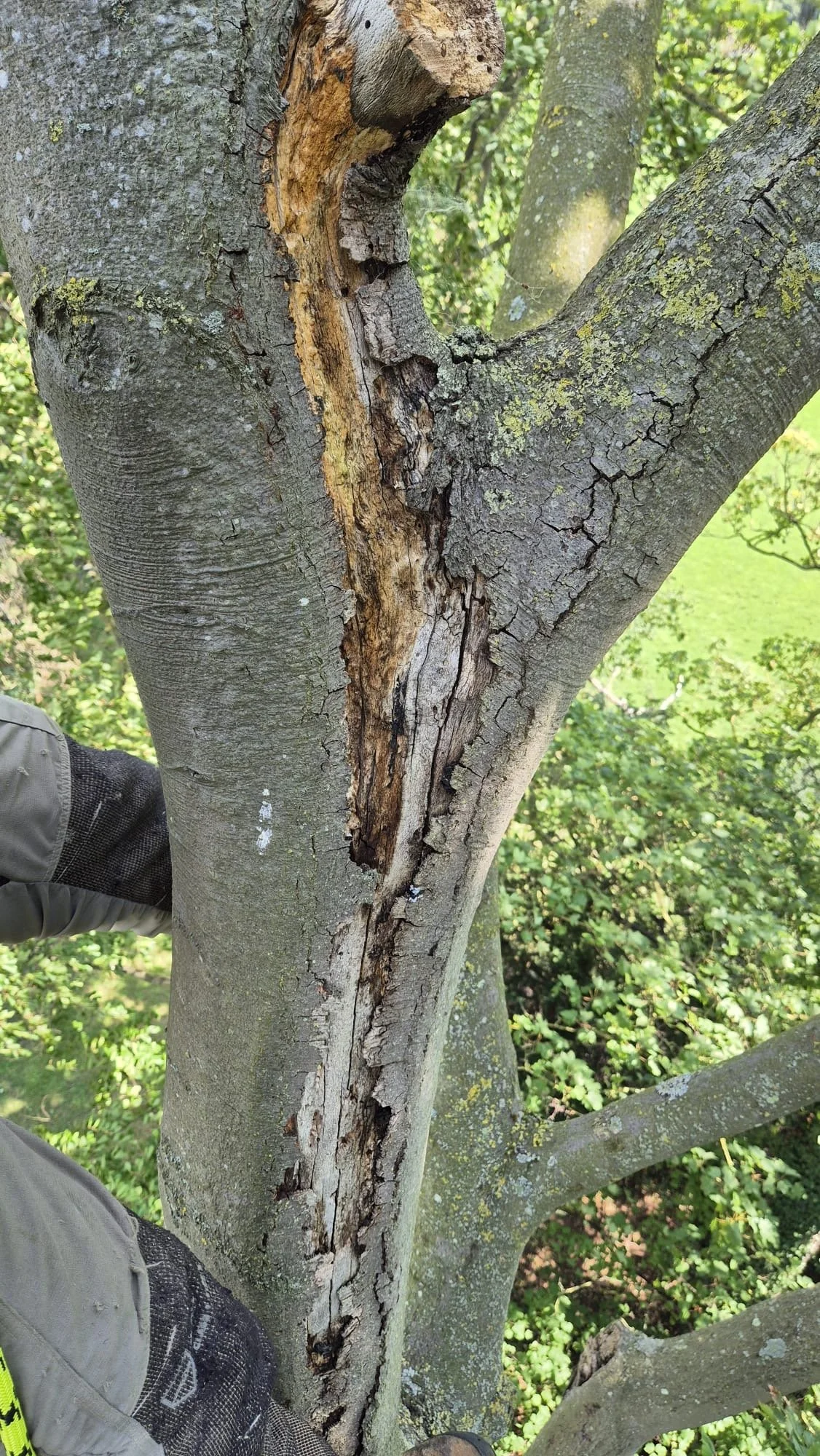Our Services
We offer professional arboricultural consulting services to both domestic and commercial clients within Lincolnshire and the surrounding counties. We will help to tailor the work to your requirements ignorer to provide you with the best service we can.
We hold numerous insurance policies, which include public liability (PL) insurance up to £5,000,000 and professional indemnity (PI) insurance up to £ 1,000,000, we are happy to provide proof of our insurance and certifications to customers if requested.
You can contact us by phone and email and we will always aim to reply or call you back as soon as we can. Please do not hesitate to contact us for a free site visit and quotation. We always provide a written quotation/ proposal along with a copy of our terms and conditions.
Services
-
Tree Inspection Report
This report will give you an understanding of your trees overall health and condition. We achieve this by carrying out a detailed visual inspection of the tree and noting features that may have a negative impact on the trees vitality such as symptoms or indications of disease (fungal or bacterial), disorders (possible nutrient deficiency or compaction etc) and disfunction (this could be physical damage to the trees transportation system).
These are often requested by concerned tree owners who may be looking for advise on how to best improve their trees longevity.
-
VALID Tree Risk-Benefit Assessment
VALID is an intuitive detailed risk/hazard assessment system used for determining the likelihood of failure (whether that be a single branch or the whole tree) and the likely consequences of that failure. The PDF reports generated are easy to understand traffic light system for non industry professionals and can be submitted in support of a works application for protected trees. Again these can be carried out on a single tree in a domestic setting or for multiple trees on a large commercial site or schools
We can also provide VALID Tree Risk-Benefit Management Strategy for your specific needs ie Government, School or Home Owner.
-

Tree Survey
Surveys be can carried out on a small or large number of trees to collect basic information, this is done to aid in the cataloguing of the trees within a given area or to identify trees that may require arboricultural works. We use the same methods of assessing the trees as with a single tree assessment, just in a larger scale. These are generally carried out for estates, schools, property management companies and local parish/ district councils.
All trees are tagged with an identification tag and logged with GIS (Geographical Information System), we currently us a portable GIS to record field data which is then plotted to maps in QGIS software. All surveys come with a Raster map that allows a detailed view.
-

BS5837:2012 Survey & Arboricultural Impact Assessment (AIA)
A detailed survey of all trees on or near the proposed development site, assessing their condition, species, size, and value. This includes mapping their locations and assigning categories based on their quality and life expectancy.
An Arboricultural Impact Assessment (AIA) is a key document in the planning and development process that evaluates the effects of proposed development activities on trees and provides measures to mitigate those impacts. This assessment is particularly crucial for ensuring compliance with BS5837:2012, which sets out recommendations for the integration of trees into the design, demolition, and construction processes. -

Arboricultural Method Statement (AMS)
An Arboricultural Method Statement (AMS) is a detailed document that outlines the procedures and practices to be followed to protect trees during construction and development activities. It is often required as part of the planning approval process and serves to ensure that tree protection measures are properly implemented and adhered to throughout the construction phase. The AMS, prepared by a qualified arborist and is based on the findings of the Arboricultural Impact Assessment (AIA).
-
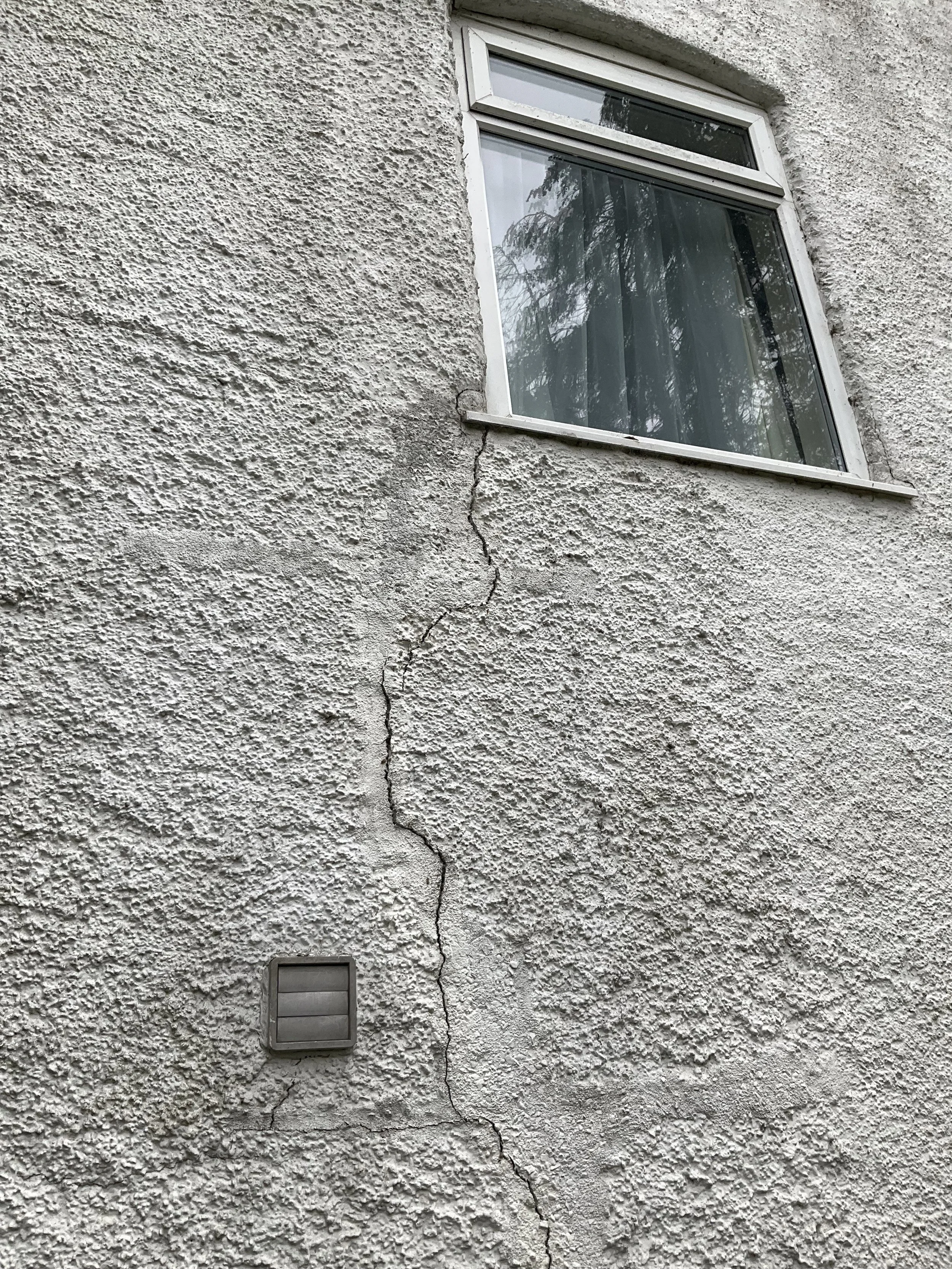
Arboricultural Subsidence Investigation
This type of report is usually required and instructed by an Insurer when there is a current claim of subsidence related damage to a property where woody vegetation (hedges/shrubs/trees) is present either on the property or neighbouring properties but in proximity to the damaged structure.
This report gathers all available information from sources such as structural engineers reports, which will allow us to form a decision on whether the woody vegetation is a contributing factor in causing structural damage
-
Arboricultural Home Buyers/Homeowners Report
An Arboricultural Homeowners/Home Buyers Report is a specialised assessment conducted to evaluate the potential risks and issues related to trees on or near a property that is being considered for purchase. This report is often requested by mortgage lenders or prospective buyers to ensure that any existing or potential tree-related problems are identified and addressed before finalising the property transaction.
-
Aerial Tree Inspection (Drone)
We understand that a comprehensive tree inspection often requires a closer look at features in the upper crowns of large trees that can't be clearly seen from the ground. To assess these areas effectively and safely, we offer two specialised methods for aerial tree inspections:
Drone Inspections (Preferred Method)
Our first choice for aerial inspections is the use of advanced drone technology. Drones allow us to capture high-resolution images and video of your trees from a variety of angles, providing detailed insights into their condition without the need for direct human involvement at height. This method significantly reduces the risk to our team by eliminating the need for climbers to ascend the tree, ensuring a safe and efficient inspection process. Drones are ideal for assessing large areas quickly and can easily access hard-to-reach places, making them perfect for a broad overview of your tree's health and structural integrity.
-
Aerial Tree Inspection (Rope Access)
Rope Access Inspections
For situations where a closer, more detailed assessment is necessary, we employ rope access techniques. This method involves a trained climber using rope and harness equipment to physically ascend the tree. While rope access allows us to conduct hands-on inspections and take precise measurements of specific features, it inherently carries a higher level of risk due to the need for our team to work at height. This technique is reserved for when a detailed examination of particular issues, such as decay, cavities, or weak branch attachments, is required, providing us with the ability to inspect every detail up close.
Both methods have their unique advantages and are chosen based on the specific needs of the tree and site conditions. Whether through high-resolution drone footage or detailed rope access assessments, our priority is to ensure the health and safety of your trees, as well as the safety of our team.
-

Thorough Examination of Arboricultural Lifting Equipment
The Lifting Operations and Lifting Equipment Regulations 1998 (LOLER) detail the requirement of all lifting operations to be properly planned and that all equipment used for supporting a load. it also details the requirement for all lifting equipment to be checked daily by the user (daily user checks are not required to be recorded), interim inspection (usually by the operator carried out between 1-4 weeks and has to be recorded) and a through examination carried out by a competent third party (6 monthly for PPE and accessories, 12 monthly for rigging equipment).
We can offer on site thorough examinations or alternatively you can drop your kits off with us.
We no longer provide printed copies of any documentation, so all thorough examination reports will be issued via email as a PDF.
No results found
Contact us
Interested in working together? Fill out some info and we will be in touch shortly. We can’t wait to hear from you!



